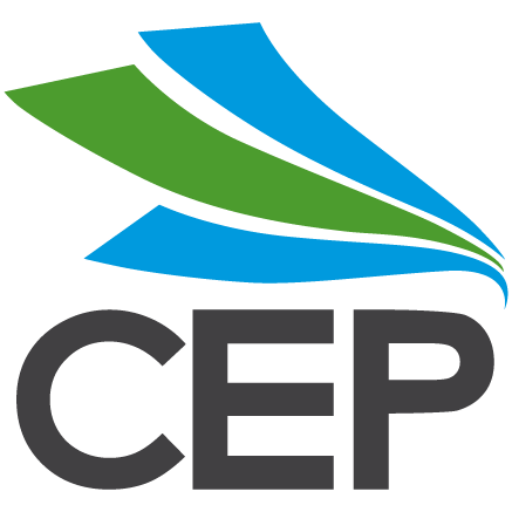Cloud seeding only needs 2Kg a week, carbon removal certificates and ecocide
In this issue:
Carbon removal certification
The EU has announced a certification framework for permanent carbon removals, carbon farming and carbon storage. There will be four types of units; permanent carbon removal (storing atmospheric or biogenic carbon for several centuries), temporary carbon storage in long-lasting products (such as wood-based construction products) of a duration of at least 35 years, temporary carbon storage from carbon farming (e.g. restoring forests and soil, wetland management, seagrass meadows) and soil emission reduction (from carbon farming). The certificates will only be usable to meet the EU’s climate objectives and nationally determined contributions (NDCs) and cannot be used towards third countries’ NDCs or international compliance schemes.
EU criminalises environmental destruction
In a world first, the EU has become the first region to criminalise environmental damage by passing a directive that will need to be enacted by member states within two years. The wording refers to crimes that are “comparable to ecocide”. The definition of ecocide is “unlawful or wanton acts committed with knowledge that there is a substantial likelihood of severe and either widespread or long-term damage to the environment being caused by those acts.” While some acts, such as ozone destruction and illegal logging, are specifically identified in the directive, others, such as illegal fishing and agro-industrial pollution will likely become test cases. With growing concerns in NZ around marine mammal protection and forestry slash, is it time we looked at introducing something similar?
Germany to take the extra step
While most developed countries now have net zero emissions targets, Germany is in the process of going that bit further with a net negative target proposed for 2060. The development is a reaction to an expected failure to restrict warming to 1.5C over the next few decades and the need to clawback to be able to hold there in the long term.
Global waste skyrocketing
According to the United Nations Environment Programme’s Global Waste Management Outlook, 2024, municipal waste is expected to increase 66% by 2050, from the current 2.3 billion tonnes to 3.8 billion tonnes. The cost of dealing with that level of waste is predicted to be of the order of US$360 billion (NZ$590bn) a year. Adopting circular economy practices could trim over US$100 billion (NZ$164) a year off that bill.
Cloud seeding only needs 2Kg of particles a week
Cloud seeding is not a new idea but work continues on effective, practical options. Scientists from the National Oceanic and Atmospheric Administration (NOAA) have just published a paper suggesting the highly targeted seeding of only 2Kg of material per week could offset around 1.4% of the warming caused by CO2 emissions.
It’s easy to forget water vapour is a greenhouse gas as it reflects warmth back into the atmosphere. A previous study suggested the level of water vapour in the stratosphere can have as much as a 25% effect on the rate of warming. The new study borrows from NASA research which has identified concentrations of vapour in cold layers just below the stratosphere which are sufficiently moist to form clouds but lack the particles for the water vapour to latch onto.
Sun blocking not on the cards
This week, the UN Environment Assembly couldn’t agree on the wording of a draft, initiated by Switzerland, on researching the feasibility and effectiveness of solar radiation modification (SRM). SRM includes activities such as solar umbrellas, bubble shields and cloud seeding aimed at reflecting radiation away from the Earth. It would not include seeding to reduce levels of water vapour nor would it address the level of greenhouse gases in the atmosphere. The push back came over concerns around unintended consequences and geopolitical tensions.
